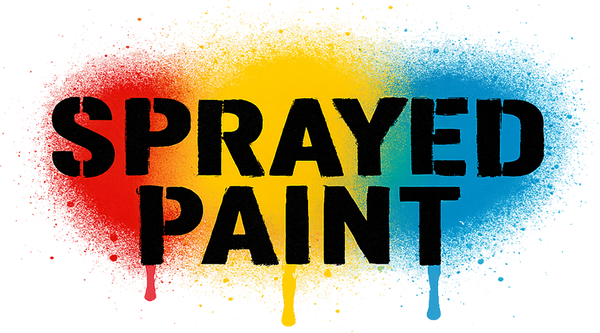Artwork Description
Kuma OG The Prisoner Amarillo Verde Drug Bear Art Toy by Luke Chueh Limited Edition Vinyl Collectible Artwork by Street Graffiti Artist.
2017 Limited Edition Artwork of 438 with Cotton, Bag, and Tube. Based on Luke Chueh's original painting, The Prisoner ponders captivity in its many forms—physical, mental, or pharmaceutical. Post-traumatic stress disorder is a mental health problem that can develop after experiencing or witnessing a life-threatening event like combat, natural disaster, car accident, or sexual assault. And the dependency on prescription medications such as Percocet has led to widespread addiction problems.
Kuma OG The Prisoner Amarillo Verde by Luke Chueh: Vinyl Expression of Emotional Confinement in Street Pop Art & Graffiti Artwork
Kuma OG The Prisoner Amarillo Verde is a limited edition vinyl art toy created in 2017 by Luke Chueh, a Los Angeles-based artist known for blending dark emotional themes with clean, accessible design. This version of The Prisoner was produced in a run of 438 pieces and includes a cotton-lined pouch and a green prescription-style tube container, enhancing the toy’s commentary on medication, dependency, and the struggles of mental health. Inspired by Chueh’s original painting, The Prisoner represents a bear-like character locked in a pose of despair, hugging its knees with its head down. This green vinyl edition, subtitled Amarillo Verde, extends the series’ reflection on the psychological entrapment many face as a result of trauma and modern pharmaceutical culture, while contributing to the visual language of Street Pop Art & Graffiti Artwork.
Pharmaceutical Symbolism and Emotional Language in a Vinyl Medium
The Amarillo Verde colorway gives the piece a sterile, medicinal aesthetic, reinforced by its packaging in a translucent green prescription tube labeled with strain-like language. This not only ties the figure to the pharmaceutical world but also alludes to cannabis and alternative coping mechanisms. The bear's static, slumped position communicates resignation and detachment. Its form is simplified, yet every aspect—from its curved arms to its averted gaze—projects a vivid emotional landscape. The figure is not anthropomorphic in a traditional sense, but its expression is intensely human. By enclosing the figure in a mock prescription container, the artwork draws attention to how society addresses psychological pain: through containment and sedation, rather than resolution. Luke Chueh’s choice to use vinyl as the medium makes the figure both durable and intimate, offering a tactile presence that underscores its emotional weight.
Luke Chueh and the Visual Narrative of Pain and Isolation
Luke Chueh is a central figure in the art toy movement and Street Pop Art & Graffiti Artwork, using deceptively cute characters to explore profound emotional realities. Born in the United States, Chueh’s art frequently tackles depression, trauma, and the tension between inner life and external perception. The Prisoner series is a cornerstone of his commentary on mental health and pharmaceutical culture. This particular Amarillo Verde edition communicates a very specific kind of sadness—the kind masked by colorful pills and simplified diagnoses. It is deeply rooted in Chueh’s personal narrative and broader societal critique. The bear figure, repeated throughout his work, becomes an avatar for voiceless suffering, sitting quietly in its confinement, waiting for acknowledgment. This toy, though minimal in form, is maximal in meaning and speaks to the ability of street and pop artists to address contemporary crises through minimal, emotionally potent sculpture.
The Prisoner as a Physical Object in the Vocabulary of Street Pop Art & Graffiti Artwork
Kuma OG The Prisoner Amarillo Verde stands as a tactile commentary on mental health in an era of chemical coping. Each vinyl piece is packaged not only with care but with thematic intent—every element, from the labeling to the green plastic tube, reinforces the work’s conceptual core. It mirrors the experience of being prescribed and contained, offering a toy that acts as a physical artifact of emotional incarceration. It is not simply a figure to be displayed, but one to be felt and contemplated. Through his work, Luke Chueh continues to redefine how sculpture and collectible art can serve as powerful mediums for psychological expression. Within the evolving canon of Street Pop Art & Graffiti Artwork, this piece asserts that the most minimal forms often hold the deepest truths, inviting collectors and viewers to sit with the discomfort and recognize its weight.

